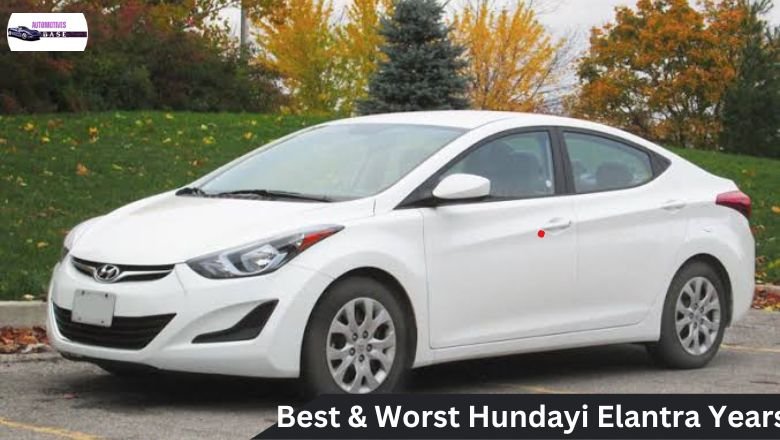The Hyundai Elantra is a popular choice in the compact car market, known for its reliability, efficiency, and style. In this article, we look at the best and worst Hyundai Elantra years, discussing their features, issues, and performance. Whether you’re thinking of buying a used Elantra or are just curious about the different models, this guide will help you make an informed decision. Join us as we explore the evolution of this beloved Hyundai vehicle.
Hyundai Elantra Generations
The Hyundai Elantra, which debuted in 1990, gained recognition in the car industry for its small footprint and budget-friendly cost. For the purpose of this review, we will focus on Elantra models released after 2000, as the earlier generations lack sufficient data for a thorough evaluation.
Neutral, Worst, And Best Hyundai Elantra Years:
When evaluating Hyundai Elantra models, we extensively analyze a wide range of factors in our thorough ranking and classification process. These factors include:.
- Owner-reported reliability (surveys)
- Annual maintenance costs
- Safety ratings
- Consumer Reports reliability scores
- Consumer Reports owner satisfaction scores
- NHTSA recalls, investigations, and complaints
- Edmunds owner ratings
- JD Power owner ratings
- Kelley’s Blue Book (KBB) owner ratings
- Vehicle history owner ratings
- Cars.com owner ratings
Neutral Years in the automotive industry are characterized by their lack of exceptional excellence or significant underperformance. These years have been marked by a balanced performance without any major strengths or weaknesses that make them stand out.
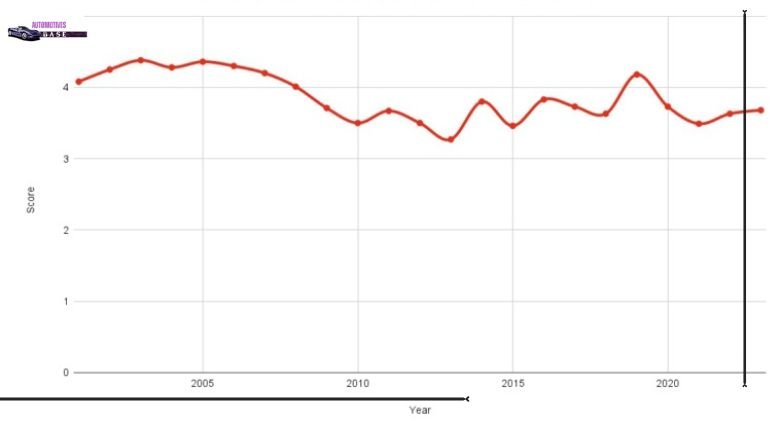
It is crucial to consider that certain factors can have a negative impact on the overall evaluation, such as a high number of NHTSA recalls or complaints that may suggest reliability issues with the vehicle.
The Best and Worst Hyundai Elantra Years For 3rd Generation (2001–2006)
In 2001, Hyundai made a significant leap forward with the introduction of the 3rd generation Elantra.
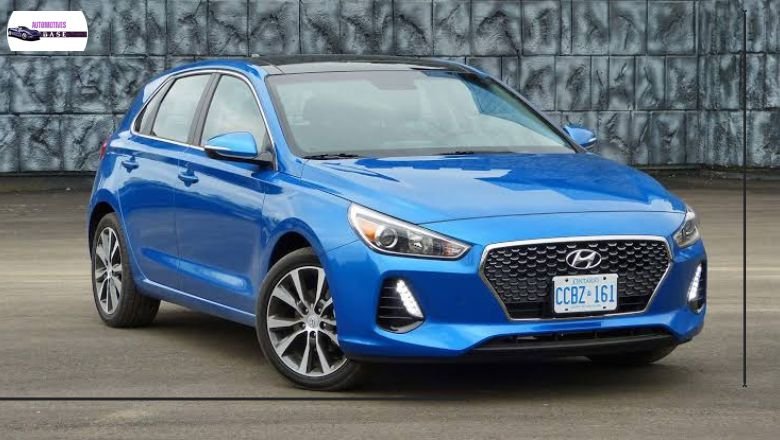
This marked a crucial turning point for the South Korean car manufacturer, as they shifted their focus from producing affordable cars to creating reliable, stylish vehicles with modern features that offered great value for customers.
The Best Years: 2005, 2006
In 2005, Hyundai improved the Elantra to stay competitive. The new models had a strong 2.0L DOHC engine known for efficiency and durability.
They came with a 4-speed automatic or 5-speed manual transmission for good performance and fuel economy. There were different trim options, like the GLS and GT, to suit different preferences.
The GT had leather seats and a firmer suspension for better handling. Hyundai also improved technology and safety features, adding advanced entertainment systems and standard safety elements like airbags and anti-lock brakes.
The Neutral Years: 2003, 2004
The 2003 and 2004 models acted as a crucial link between the initial hurdles faced by the generation and the improvements made in subsequent years.
The primary issue revolved around corrosion on the front lower arms, leading to suspension issues.
The Worst Years: 2001, 2002
The 2001 and 2002 Elantra cars had many problems, especially with airbags and suspension systems. Owners had issues with airbag lights turning on randomly in 2001, leading to recalls because of airbag malfunctions. Suspension and brake problems were common, worsened by significant corrosion.
This corrosion, mainly affecting the front lower arms of the suspension, affected the car’s performance and safety. New brake issues in the 2002 model made things worse. The combination of recalls, safety risks, and many owner complaints has made the 2001 and 2002 Elantra models the least desirable in this generation.
Hyundai Elantra Best And Worst Years For 4th Generation (2007–2010)
Hyundai’s evolution into the 4th generation of the Elantra attracted global attention as the brand reshaped its presence in the compact car market.
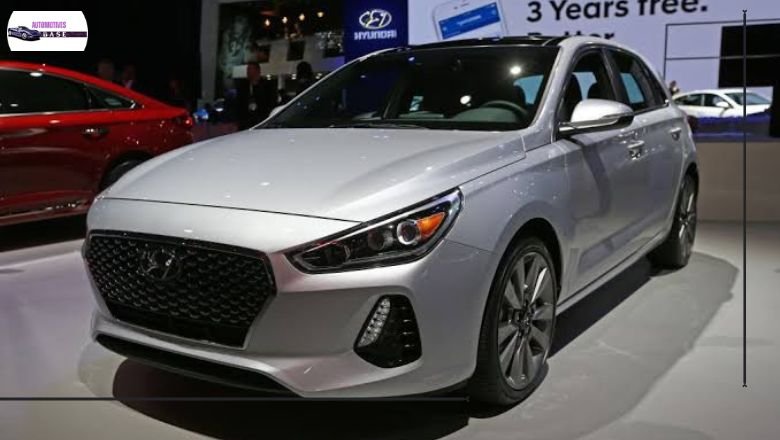
The Elantra underwent a sophisticated design overhaul, with enhanced features and a seamless integration of international automotive trends.
The Best Years: 2007, 2008
In 2007 and 2008, Hyundai made the Elantra better with a new 2.0L engine for improved performance and fuel efficiency.
The manual and automatic transmissions were made to give drivers a more responsive experience in the city and on the highway. Hyundai also added better entertainment systems and connectivity options.
Safety features like electronic stability control were added too. The Elantra was rated at 18 mpg in the city and 36 mpg on the highway, showing Hyundai’s dedication to providing an affordable and efficient choice.
The Worst Years: 2009, 2010
In 2009 and 2010, there were problems with steering in Hyundai cars. The electronic power steering system had issues interpreting commands, causing a loss of power assistance.
There were also complaints about electrical, transmission, and brake problems, which led to lower customer satisfaction. Hyundai responded by recalling some cars to fix these issues. Despite these challenges, they did not completely define the ownership experience.
Worst And Best Hyundai Elantra Years For 5th Generation (2011–2016)
Entering its fifth iteration, the Hyundai Elantra underwent a dramatic evolution, showcasing a fluidic sculpture aesthetic and embracing a contemporary look.
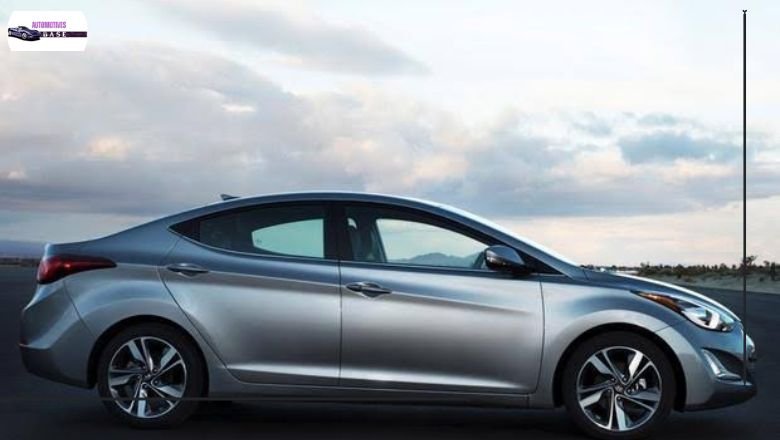
its refined contours, advanced technology, and upgraded performance capabilities, the fifth generation marked a daring leap forward into tomorrow.
The Best Years: 2014, 2015, and 2016
The best Hyundai cars from 2014 to 2016 were the 5th generation models. These cars were made after a lot of research and feedback.
They had strong engines, either a 1.8L or a 2.0L, and you could choose between a manual or automatic transmission. The cars were fuel-efficient, getting 20 mpg in the city and 39 mpg on the highway.
There were different trim levels, from basic to luxurious, to suit different customers. The cars also had modern features like infotainment systems and Bluetooth. Safety was a priority, with features like blind-spot detection and rearview cameras on top trims.
The Worst Years: 2011, 2012, 2013
The early years of the 5th generation Elantra, specifically 2011, 2012, and 2013, had many problems. The 2011 model had issues with airbags, suspension, steering, and engine performance.
Owners were worried about the airbag light coming on unexpectedly, showing possible problems. There were also concerns about the Electronic Stability Control not working correctly, causing sudden braking and less engine power. Hyundai had to recall 155,000 units of the 2011 and 2012 Elantra models because of these issues.
The 2012 model had similar engine problems, like stalling and strange noises, along with ongoing steering issues. In 2013, the problems got worse, especially with steering troubles being the most common.
Best And Worst Years For Hyundai Elantra 6th Generation (2017–2020)
The 6th generation Elantra maintained its strong presence in the compact sedan market by showcasing a sleek exterior design that reflects Hyundai’s dynamic fluidic sculpture approach.

This model excelled in combining aesthetics, functionality, and cutting-edge features to provide a well-rounded package for consumers.
The Best Years: 2018, 2019, 2020
In 2018, the Elantra demonstrated Hyundai’s progress by incorporating lessons from the past and implementing improvements. The range of powertrain options included the efficient 2.0L MPI Atkinson Cycle engine, the dynamic 1.6L Turbo-GDI, and a 1.4L Turbo-GDI for the Eco model, catering to different preferences.
Enhanced transmission systems like the 7-speed dual-clutch transmission provided a smoother, more responsive driving experience with added performance capabilities.
The Worst Years: 2017
The start of the 6th generation in 2017 faced numerous hurdles. The primary issues revolved around the motor, with reported problems including stalling and excessive oil consumption.
There were concerns about electrical system malfunctions, leading to glitches and occasional failures. Hyundai’s quick action was praiseworthy, as they issued two focused recalls for the 2017 models to tackle critical issues such as power brake assist and power steering assist failures.
Worst And Best Years Hyundai Elantra For 7th Generation (2021-2023)
Hyundai’s vision for the 7th generation was to push boundaries by combining bold parametric dynamics .

with an immersive cocoon interior design, all while remaining committed to delivering what customers value most: reliability, safety, and innovation.
The Best Years: 2022, 2023
In 2022 and 2023, the Hyundai Elantra saw a significant resurgence, improving upon its previous performance and addressing earlier mistakes. By introducing features like the Smartstream G1.6 gasoline engine and hybrid options, Hyundai demonstrated a commitment to eco-friendly transportation.
These years saw a diverse lineup of trim levels, offering both practical and high-end choices for various buyers. Innovations such as Hyundai’s Digital Key, wireless Android Auto and Apple CarPlay, and advanced voice recognition highlighted the brand’s focus on blending convenience with cutting-edge technology.
The Worst Years: 2021
Hyundai faced challenges with the launch of the 7th generation in 2021, despite having ambitious goals. The introduction was marred by seat belt issues that led to a major recall for specific 2021 Elantra models.
The main problem centered around the front seat belt pretensioners on the driver’s and passenger’s sides, which had the potential to explode during a crash. Although Hyundai promptly addressed these concerns, it was clear that the 2021 model experienced typical teething problems associated with a newly redesigned version.
Hyundai Elantra VS Hyundai Santa Fe VS Hyundai Sonata
The Hyundai Elantra, Santa Fe, and Sonata each offer distinct experiences. The Hyundai Elantra is a compact sedan, ideal for city driving with excellent fuel efficiency. The Santa Fe, a versatile SUV, provides more space and capability for families, while the Hyundai Sonata stands out as a midsize sedan blending comfort, style, and advanced tech.
Hyundai Elantra Average Resale Values
Check out this chart that displays the average resale prices of the Hyundai Elantra throughout different years.

Its provide valuable information on its financial durability and estimated costs for purchasing one of its models.
Conclusion
The Hyundai Elantra has had good and bad years. Some years are liked by people, while others have problems. It’s important for buyers to research and choose the best year for them. Knowing the best and worst Hyundai Elantra years will help buyers make a smart choice. Compare years, read reviews, and test drive before buying. This will help you find the right Hyundai Elantra for you.
FAQs
What Is The Best Hyundai Elantra Year For Buyers?
Many experts and consumers often recommend the 2017 Hyundai Elantra as a solid choice. The 2017 model received high marks for its comfortable ride, fuel efficiency, and overall value for money.
Which One Are Best Hundayi Santa Fe Or Hundayi Elantra?
The decision between the Hyundai Santa Fe and Hyundai Elantra ultimately comes down to your specific needs and preferences. The Santa Fe is a midsize sedan, offering more space and a smoother ride compared to the compact Elantra. If you prioritize comfort, interior space, and a more luxurious feel, the Santa may be the better choice for you.If fuel efficiency, maneuverability, and a lower price point are more important to you, then the Elantra could be the ideal option.

